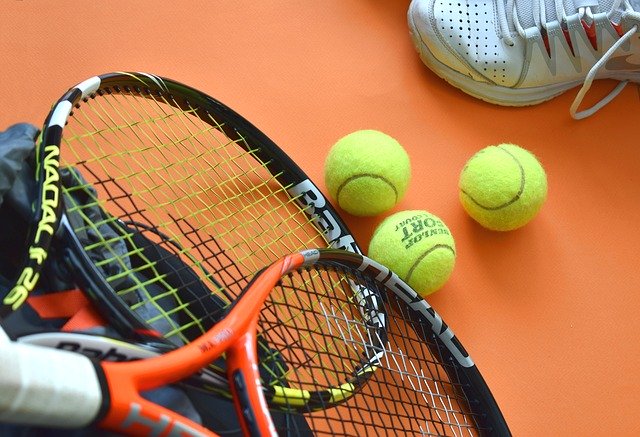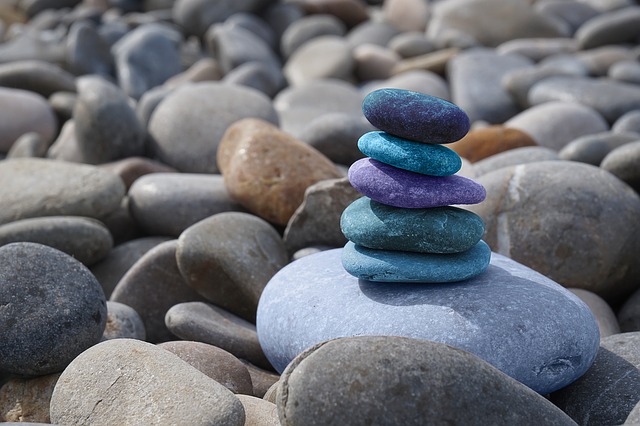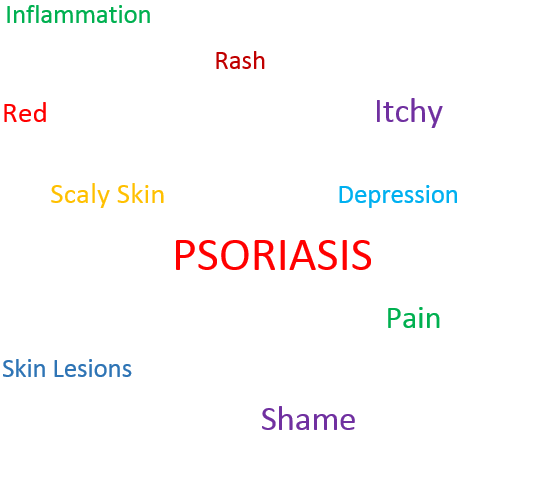Previously I have spoken about mindfulness practices as a way to handle the mental and emotional challenges inherent in the current Coronavirus and the imposition of social isolation and social distancing. What I have covered there is a list of discrete practices that can help us to manage the overwhelm associated with these times of uncertainty and anxiety. Arjuna Ardagh, author of Radical Brilliance: How and Why People Have Original Life Changing Ideas, offers a more holistic approach that recognises the mind-body connection. His tips on maintaining emotional and mental wellness are mutually reinforcing and place the body as central to emotional and mental stability in our current environment.
A holistic approach to mental and emotional wellbeing
Arjuna highlighted some of the unproductive and potentially aggravating practices that people are engaging in to release tension and stress at this time, e.g. spending many hours on social media and indulging in the blame game and conspiracy thinking or turning to alcohol or drugs to numb the mind and distract from the fear and anxiety that people are feeling. He suggests that this current pandemic challenge provides us with an unprecedented opportunity to develop self-intimacy and learn to change our mental and emotional state through holistic practices.
In his short tips video (17 minutes), Arjuna proposes four integrated approaches or types of practices that are designed to strengthen the mind-body connection while releasing negative energy and building positivity:
- Removing physical blockages – this entails elements such as stretching and moving emotion though your body. Arjuna suggests that you identify and practice a physical expression of the emotion that you are feeling, e.g. fear may be experienced bodily as a curled-up posture and then released through stretching to one’s full height. Frustration, on the other hand, might be expressed by an angry, explosive gesture and a prolonged cry of anguish such as “Aargh”. This bodily approach releases inhibiting emotions locked away in your body and opens the way for developing a “positive disposition”.
- Relax into awareness – this can take many forms such as somatic meditation, the use of singing bowls as described in a MARC podcast, exploring natural awareness (opening to the infinite reality that is accessible through our senses), or deep listening to classical music, singing of mantra meditations or “sacred acoustics”. Arjuna maintains that all that is really required here is to be “naturally curious” about the sensations that you are experiencing in the present moment (including awareness of the fact that YOU are doing the experiencing).
- Enter the flow – this approach involves engaging the flow of energy through your body. There are a range of Eastern practices that can help you achieve this but one of the best and well-researched practices is Tai Chi. Arjuna asserts that if you can engage in the process of flow (even through dancing to music), you not only release energy throughout your body but also emotion – you can experience the joy and ease of wellbeing.
- Use thought creatively – Arjuna suggests that after you have removed blockages, experienced deep awareness and engaged your energy flow, you are well placed to engage your uncluttered mind. So, instead of marinating in negative thoughts that generate complex and harmful emotions, you can begin to write creatively in a journal or blog or create a video podcast that reflects your positive, energetic flow.
Arjuna maintains that if you practice each of these approaches each day, however briefly and in whatever form you choose, you can release the hold of your complex emotions and develop emotional and mental wellness.
Reflection
Arjuna’s approach involves a progressive release of creative energy, moving from clearing blockages to engaging the senses in awareness and tapping into the energy flow of the body. The outcome is creative expression and resolution of perceived, impenetrable challenges. His approach is deeply embedded in the mind-body connection and employs integrated approaches that open up a wealth of possibilities. As we grow in mindfulness through adopting these holistic practices, we can more readily access our creativity, build resilience, manage our confounding thoughts and emotions and experience the peace and ease of wellness.
________________________________________
Image by Friedrich Frühling from Pixabay
By Ron Passfield – Copyright (Creative Commons license, Attribution–Non Commercial–No Derivatives)
Disclosure: If you purchase a product through this site, I may earn a commission which will help to pay for the site, the associated Meetup group and the resources to support the blog.










